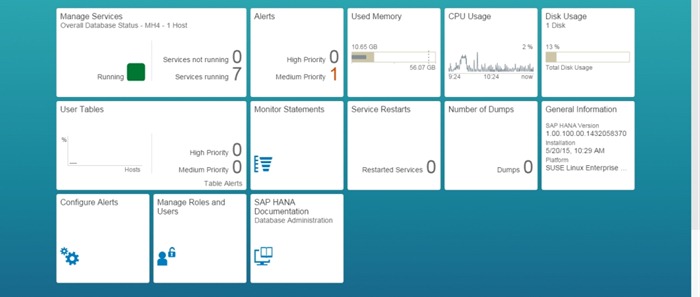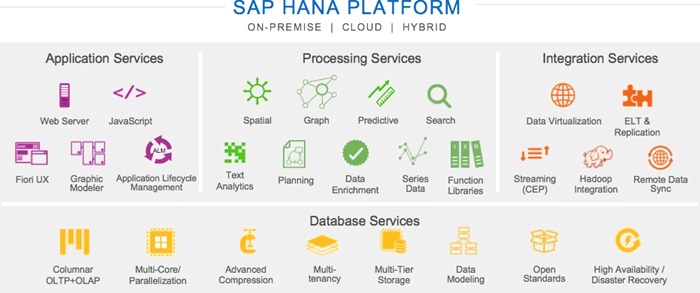Corporate content management systems (ECM systems) are types of software technologies that are widely used in the management, storage, retrieval and protection of unstructured information that is directly related to the management of business processes in any organization.
 Some people confuse ECM systems and electronic document management systems (SED). The confusion between these definitions arises due to the fact that very often the EDMS, in addition to the enterprise document management modules, also includes some ECM capabilities. As, for example, the interaction of the staff for preparing documents In such a situation, it is quite possible to discuss the expansion of functionality to an ECM system.
Some people confuse ECM systems and electronic document management systems (SED). The confusion between these definitions arises due to the fact that very often the EDMS, in addition to the enterprise document management modules, also includes some ECM capabilities. As, for example, the interaction of the staff for preparing documents In such a situation, it is quite possible to discuss the expansion of functionality to an ECM system.
The main difference between an ECM system and an EDMS is that, in addition to maintaining an enterprise's electronic document management, ECM systems create a single information space for all users of an organization, and also provide automation of business processes.
 Thanks to the use of ECM-systems, labor resources are optimized, and the operating costs of the enterprise are significantly reduced.
Thanks to the use of ECM-systems, labor resources are optimized, and the operating costs of the enterprise are significantly reduced.
Typically, ECM systems include the following subsections (modules), each of which is integrated with the rest of the subsections, and can also exist separately.
Some of them are presented below:
- Enterprise electronic document management module;
- Business process support module;
- Web content management module for a corporate website or portal,
- Media content management module;
- Knowledge management module;
- Content access control module, providing the necessary information regardless of time and place.
 Each of the subsections requires certain skills and abilities. So, for example, managing the Web content of a corporate site or portal requires specific knowledge of the administration of Internet resources, and the electronic document management module of an enterprise requires the specifics of the internal movement of documents.
Each of the subsections requires certain skills and abilities. So, for example, managing the Web content of a corporate site or portal requires specific knowledge of the administration of Internet resources, and the electronic document management module of an enterprise requires the specifics of the internal movement of documents.
ECM systems combine the content of documents and management aspects of the enterprise, forming a unified environment for document management, and reduces the number of work steps for the implementation of business tasks. This makes corporate content available to those users who need it to get their work done quickly and efficiently.

